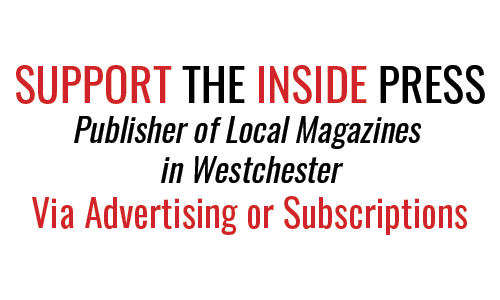 Holocaust Trip to Germany and Poland
Holocaust Trip to Germany and Poland
May 21-June 1, 2018
$3200 single room; $2700 double room
The trip begins in Berlin; participants are responsible for their own intercontinental air travel.
$300 non-refundable deposit due February 15, 2018.
Full payment due by April 30, 2018
Includes
• Sightseeing Coach Tour of Berlin, including Berlin Wall Memorial, Brandenburg Gate, Bebelplatz
• Walking tours of the Holocaust Memorials in Berlin
• Programs at the House of the Wannsee Conference, Murdered Jews of Europe Memorial, The New Synagogue (Berlin), Jewish Museum (Berlin), Polin (Museum of the History of Polish Jews), Schindler’s Factory
• Guided Tour of Auschwitz-Birkenau
• Walking tour of Kasimierz (Historic Jewish section of Krakow )
• Performance at the Chamäleon Theater in Berlin will underwrite many of the expenses through the generosity of its donors)
• Inner European flights: Berlin – Warsaw and Kraków – Berlin
• Accommodation including breakfast in four star hotels in Berlin, Warsaw and Kraków
• National transportation by local coach or public transportation or taxis
• 8 group dinners
• Tickets for the Chamäleon Theater in Berlin
• English speaking guide
• One group leader
• Lectures, discussions, and guided tours in English or with English translation
• Entrance fees museums in Berlin, Warsaw and Kraków
• Group tips
For More Information
Download the 2018 Trip Flyer and Full Trip Itinerary
” Truly an inspirational program. Intellectually challenging and rewarding.”
